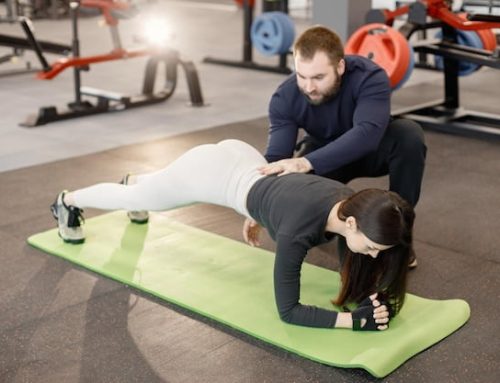Introduction
Sports-specific training is important for athletes who want to perform at their best level possible. It involves creating a program that is designed to develop the skills and strength needed to excel in a specific sport. The ultimate goal of sports-specific training is to enhance the athlete’s ability to perform at the highest level while reducing the risk of injury.
Is there a better and worse training system?
In practice, much depends on:
- the technique of performing the individual exercises,
- diet,
- regeneration,
- supplementation.
- Training systems are worth changing from time to time, as are individual training plans. In this way, the body does not become accustomed to once learned stimuli and can continue to develop.
It is assumed that all body workout (ABW) systems are the best choice for beginners, as they stimulate the muscles of the entire body. However, they do so to a moderate degree without leading to overload of joints, tendons and muscles. Very often, beginner bodybuilders also do not have a sufficiently well-developed ‘muscle feel’ to benefit from more extensive training plans.
Split training, on the other hand, may work better for experienced people who want to make up for deficiencies in their physique or who know their own body well enough to know where the limit of overtraining lies and are able to withstand a high training load.
However, these are not ironclad rules and, just as with diet or supplementation, you cannot do without experimentation. Therefore, test different types of training systems and see when you make the most progress.
The Six Principles of Training
There are six principles of training that are crucial when it comes to sports-specific training. These principles are progressive overload, specificity, reversibility, individuality, adaptation, and variance.
Progressive overload
Progressive overload is the gradual increase of stress on the body during training. This principle is important because it ensures that the athlete’s body is constantly challenged and adapting to new levels of stress. By gradually increasing the intensity, duration, or frequency of the workout, the athlete’s body will progressively adapt to the new demands. This will, in turn, improve their performance and reduce the risk of injury.
Specificity
The specificity principle states that training should be specific to the athlete’s chosen sport. To improve performance, the athlete must train in a way that simulates the activities involved in their sport. This means that the exercises, drills, and movements should be relevant to the movements required in the sport. For example, a basketball player should train exercises that will help them improve their jumping ability.
Reversibility
Reversibility refers to the principle that the gains made through training will be lost if the training is stopped or reduced. This means that the athlete needs to maintain their training regime, even during off-season periods. Otherwise, they may lose the performance gains they have made.
Individuality
Individuality is about recognizing that every athlete is different and requires a program tailored to their unique needs. This means that a sports-specific training program should be designed based on the athlete’s age, gender, fitness level, and specific needs. A program that works for one athlete may not be as effective for another athlete, and this principle can help the athlete to achieve maximum performance gains.
Adaptation
Adaptation refers to the body’s ability to adjust and respond to the training stimulus. With consistent training over time, the athlete’s body will adapt to the training and become better suited for their sport. This principle also means that the athlete’s training program should be regularly reviewed and adjusted to ensure that their body continues to be challenged.
Variance
Lastly, variance means that the athlete’s training program should include a variety of activities to prevent boredom, improve motivation, and reduce the risk of injury. Including both strength and conditioning exercises, agility drills, and other sport-specific activities can help to keep the athlete engaged and progressing toward their goals.
Conclusion
In conclusion, the six principles of training are essential when designing a sports-specific training program. By incorporating these principles into the athlete’s training regime, they can improve their performance, reduce the risk of injury, and achieve their sports-related goals. It is important to remember that every athlete is unique, and their training programs should be designed with their specific needs in mind. By working with a coach or trainer, athletes can create a personalized training program that will help them reach their peak performance.






